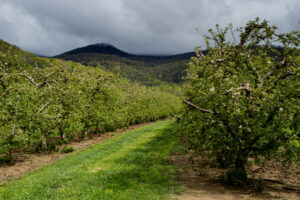
WNC Orchard Insect Pest Populations - May 1, 2024
Codling Moth: Apples range from post petal fall to first cover throughout the region, with egg hatching beginning in …


El inglés es el idioma de control de esta página. En la medida en que haya algún conflicto entre la traducción al inglés y la traducción, el inglés prevalece.
Al hacer clic en el enlace de traducción se activa un servicio de traducción gratuito para convertir la página al español. Al igual que con cualquier traducción por Internet, la conversión no es sensible al contexto y puede que no traduzca el texto en su significado original. NC State Extension no garantiza la exactitud del texto traducido. Por favor, tenga en cuenta que algunas aplicaciones y/o servicios pueden no funcionar como se espera cuando se traducen.
Inglês é o idioma de controle desta página. Na medida que haja algum conflito entre o texto original em Inglês e a tradução, o Inglês prevalece.
Ao clicar no link de tradução, um serviço gratuito de tradução será ativado para converter a página para o Português. Como em qualquer tradução pela internet, a conversão não é sensivel ao contexto e pode não ocorrer a tradução para o significado orginal. O serviço de Extensão da Carolina do Norte (NC State Extension) não garante a exatidão do texto traduzido. Por favor, observe que algumas funções ou serviços podem não funcionar como esperado após a tradução.
English is the controlling language of this page. To the extent there is any conflict between the English text and the translation, English controls.
Clicking on the translation link activates a free translation service to convert the page to Spanish. As with any Internet translation, the conversion is not context-sensitive and may not translate the text to its original meaning. NC State Extension does not guarantee the accuracy of the translated text. Please note that some applications and/or services may not function as expected when translated.
Collapse ▲
Codling Moth: Apples range from post petal fall to first cover throughout the region, with egg hatching beginning in …

With planters rolling soon, we urge growers to think about thrips management now. The best source of information for …
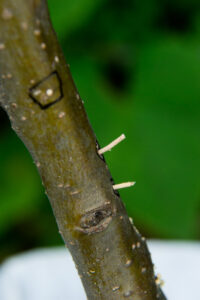
Our collaborators at the University of Georgia have compiled a survey to assess the economic impact of ambrosia beetles …
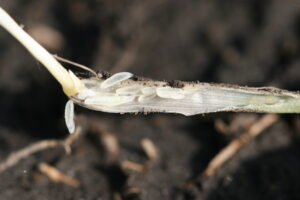
by D. Reisig, A. Post, and Ryan Heiniger Hessian fly is a serious pest of North Carolina wheat. A description …
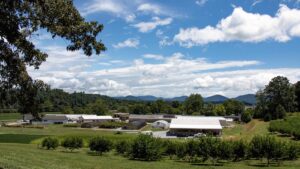
Alejandro Moreno eagerly walked up and down the rows of tomatoes at NC State’s Mountain Horticultural Crops Research and …
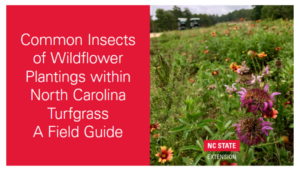
The turfgrass entomology group has published “Common Insects of Wildflower Plantings within North Carolina Turfgrass: A Field Guide“. This guide …

Thanks to the generous support of the Corn Growers Association of North Carolina, and the USDA CCPM program, we have …
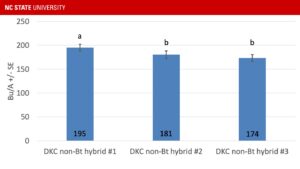
I’ve written previously about why North Carolina corn growers should feel comfortable planting non-Bt refuge corn, but the performance of non-Bt …

The tree fruit entomology group in the eastern US is beginning collaborative work to develop new and updated strategies …
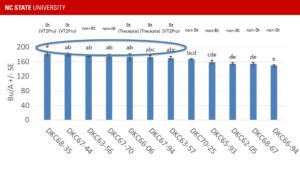
Bt corn has been genetically modified to make insecticidal proteins that protect plants from caterpillars and some root-feeding beetles. …
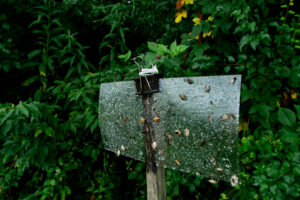
With apple harvest fully underway, this will be the last insect update of 2023. During the past 7 to 8 …
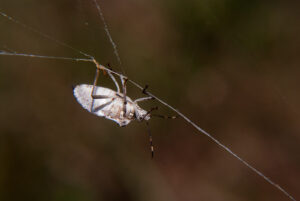
Emergence of first generation adults of the brown marmorated stink bug ranges from about 15% (Henderson County) to 67% …
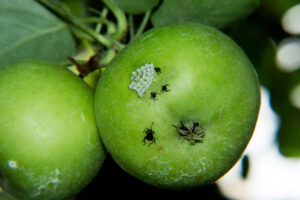
Based on the degree-day model, emergence of the brown marmorated stink bug is underway in most areas, with DD …
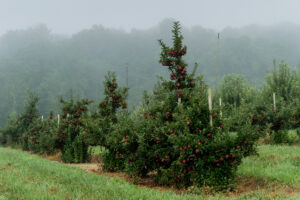
We are approaching that time of the year when codling moth and oriental fruit moth (OFM) populations become less …
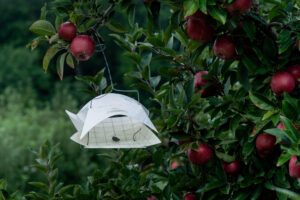
I apologize for the delayed update this week, but travel and field work has set us behind. The pest …
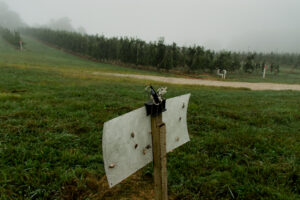
Egg hatch of the second and third generation of codling moth and oriental fruit moth are about 25% complete, …
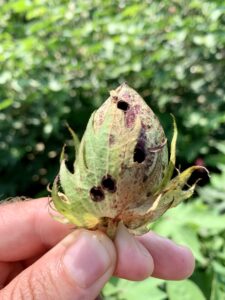
Bollworm moth catches have been ticking up across the state this week, especially in southern counties of the state. …
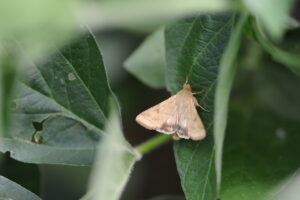
Corn earworm moth catches have been ticking up across the state this week, especially in southern counties of the …
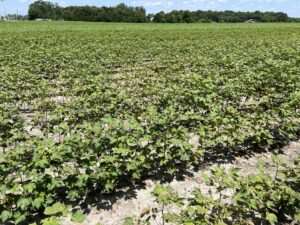
We recently published a holistic article to plan for tarnished plant bug in 2023. Since then, we have received …
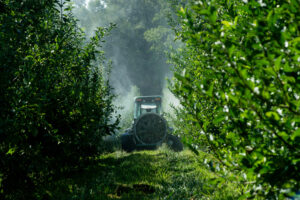
Codling moth populations remain low in the vast majority of orchards, and under those conditions a single insecticide targeting …